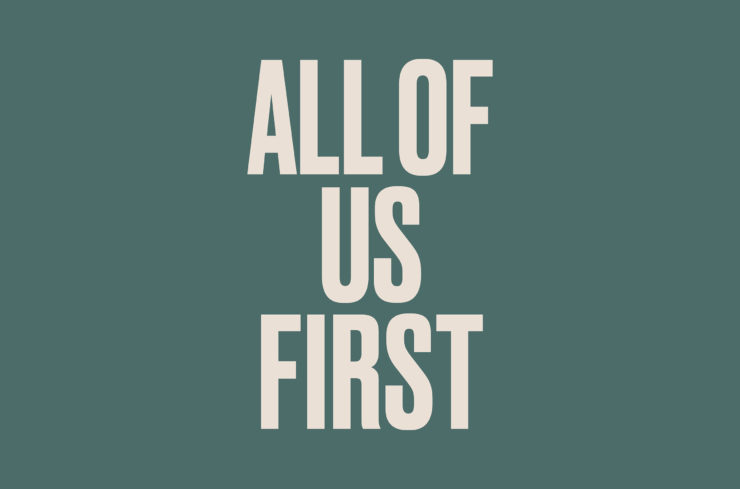Common Weal
Work
On 9 August 1914, five days after Britain declared war on Germany, a massive peace demonstration was organised in Glasgow Green to protest against the complex aims of the war.
“The monument was designed to reflect the remarkable hope, optimism and sense of justice the protestors embodied at one of the darkest moments in world history.”
Meetings and mass protests were repeatedly staged across the city throughout the following years but were largely ignored by the mainstream press. Some of the most prominent of these anti-war campaigners are now written into Glasgow’s history, such as Jimmy Maxton, Keir Hardie and Mary Barbour.
We were commissioned to design a permanent memorial to honour those who campaigned for peace and to acknowledge the role they played in promoting social justice in Glasgow.
The memorial has been placed near the People’s Palace in Glasgow Green. The inscription reads: “In memory of those who opposed WW1 in order to challenge the purpose of the war and the waste of lives. They also campaigned for social and economic justice and against the exploitation of those who lived in the city during the war.”
The monument - a black granite tablet bearing a reflective stainless steel medallion - was designed to reflect the remarkable hope, optimism and sense of justice the protestors embodied at one of the darkest moments in world history.
